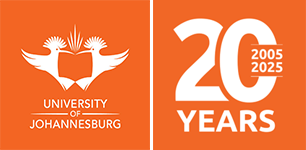Energy Management 2023
Electricity
“The various energy savings initiatives that have started showing positive results are the following:
> The own generation of power through the solar photovoltaic (PV) plants now operating on all four campuses.
> The implementation of energy saving lights (LEDs).
> Occupancy sensors (implementation still ongoing).
> The increased use of gas for water heating at residences on the APB and DFC Campuses.
> The further installation of heat pumps, especially in new and refurbished residences.
> The installation of energy efficient shower heads.
> The installation of load control ripple relays.
Continuing with these types of initiatives, including the introduction of further solar photovoltaic (PV) systems, together with awareness campaigns, will further improve on savings. Since 2018, overall savings have been lowest on APK, due to increased HVAC and the growth in specialist research equipment on the campus. In 2024, a new main chiller installation on the APK Campus with substantially better energy efficiency and no water use will change the energy and water figures there substantially.”
Natural Gas
“Egoli natural gas has a lower CO2 footprint per gigajoule (GJ) of energy when compared to coal and is therefore a cleaner source of energy. Egoli natural gas will in future be used at a number of residences for heating water and cooking. Since much of the gas is used for heating on the APB Campus, a plan is being developed to trial a 2 000kW combined heat and power (CHP) power generation facility to simultaneously reduce dependence on Eskom power and to reduce the campus carbon footprint further – as well as potentially exporting energy to other UJ campuses. The continuing diversification of energy sources, from 2019 onwards, will result in a small but measurable continual reduction in the carbon footprint, especially at the residences.”

